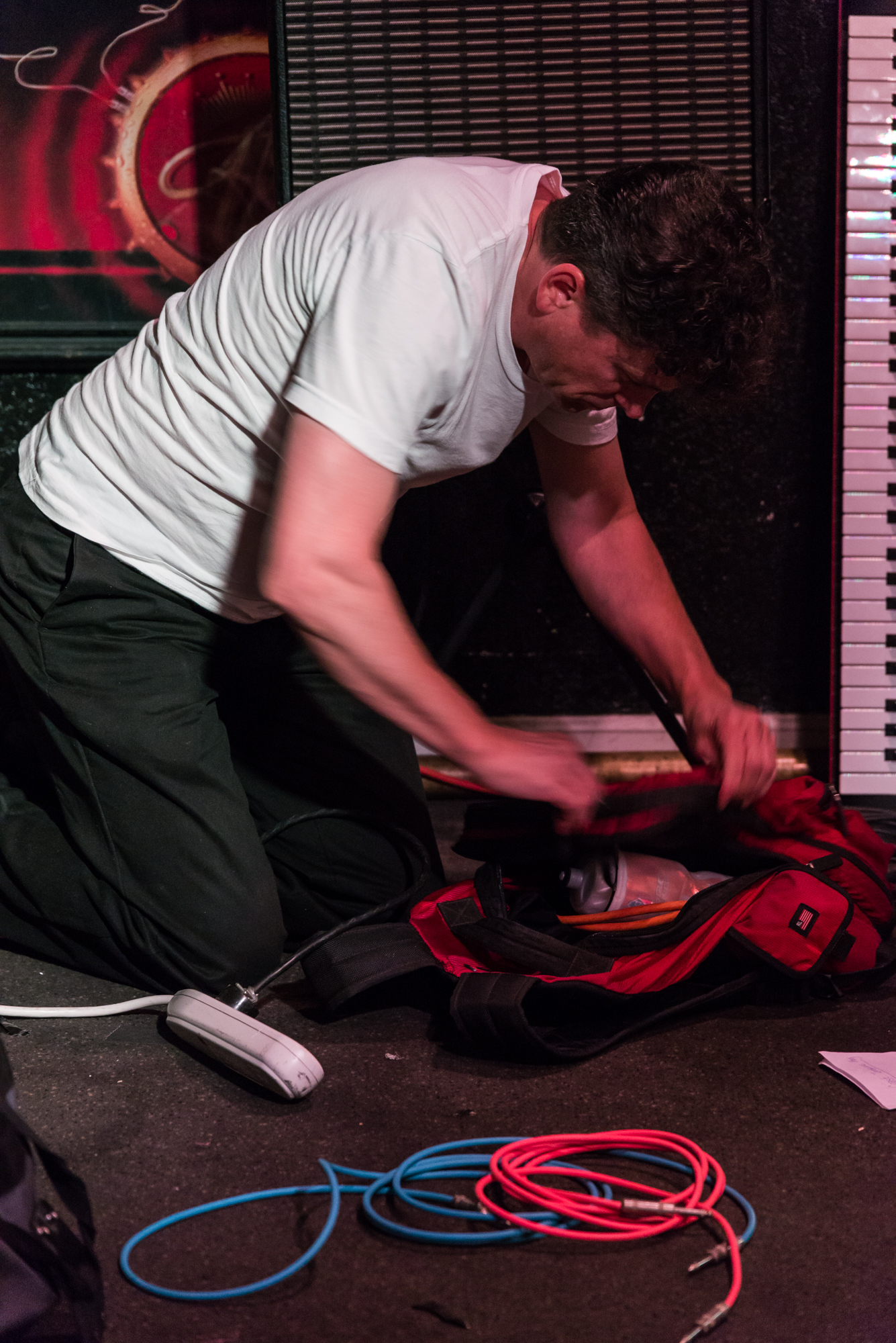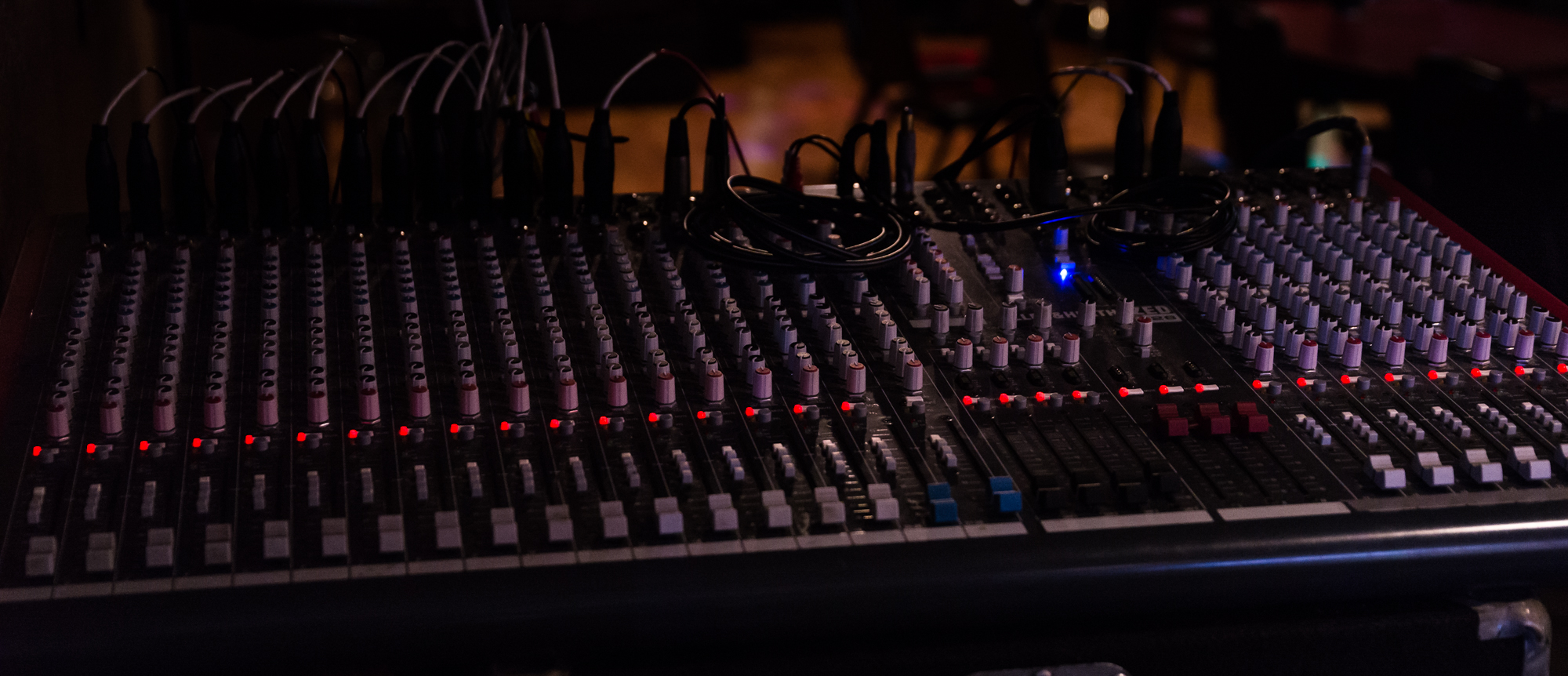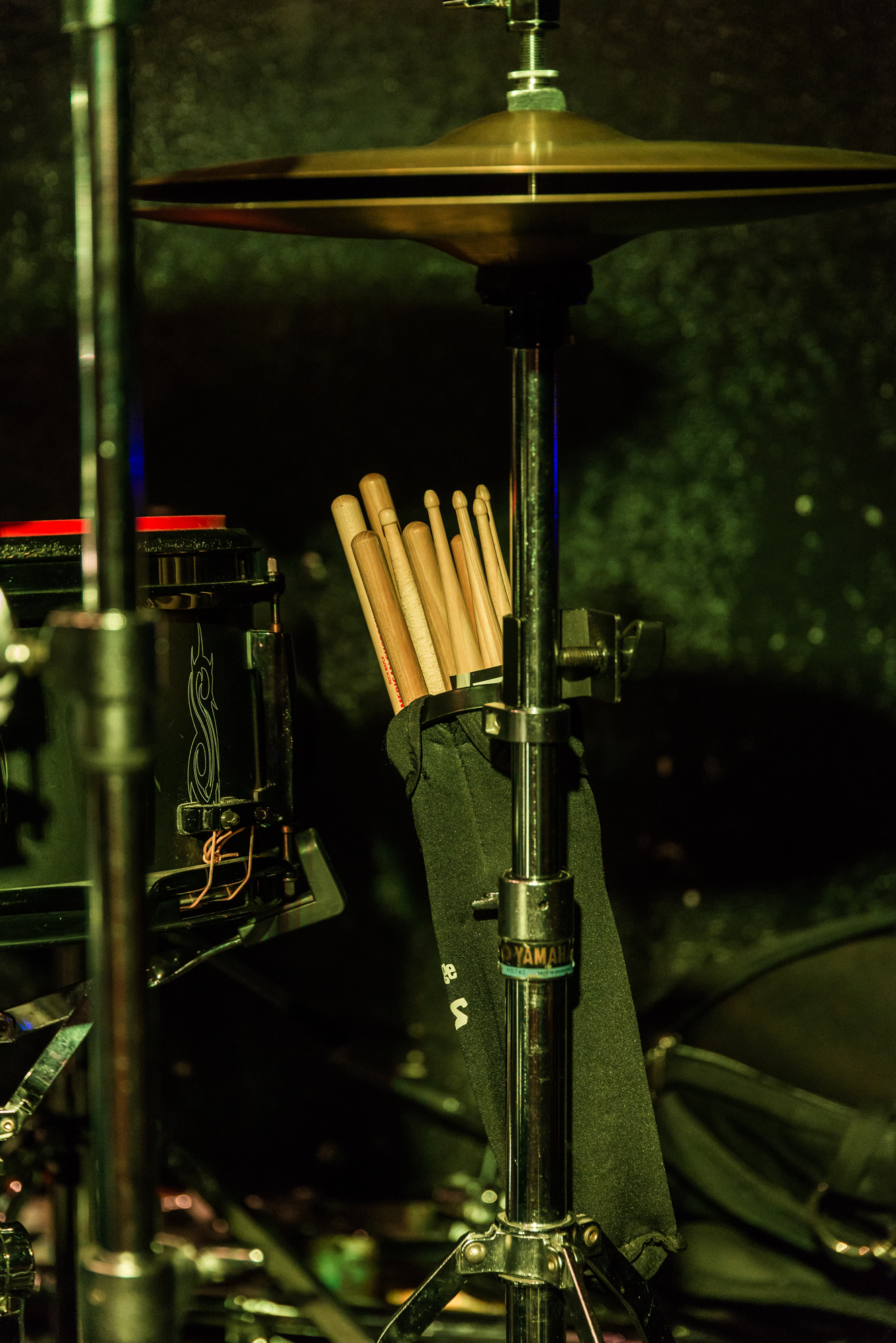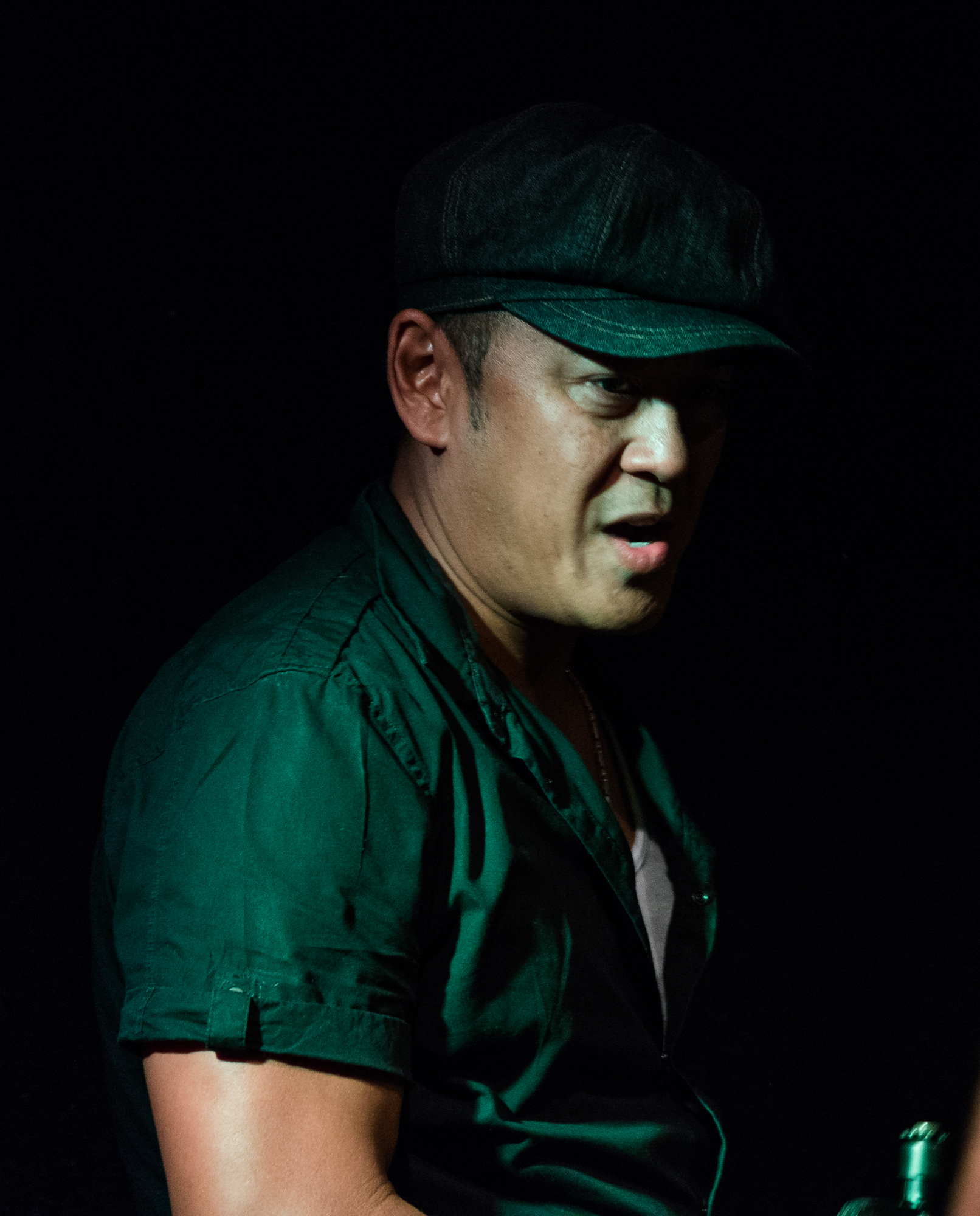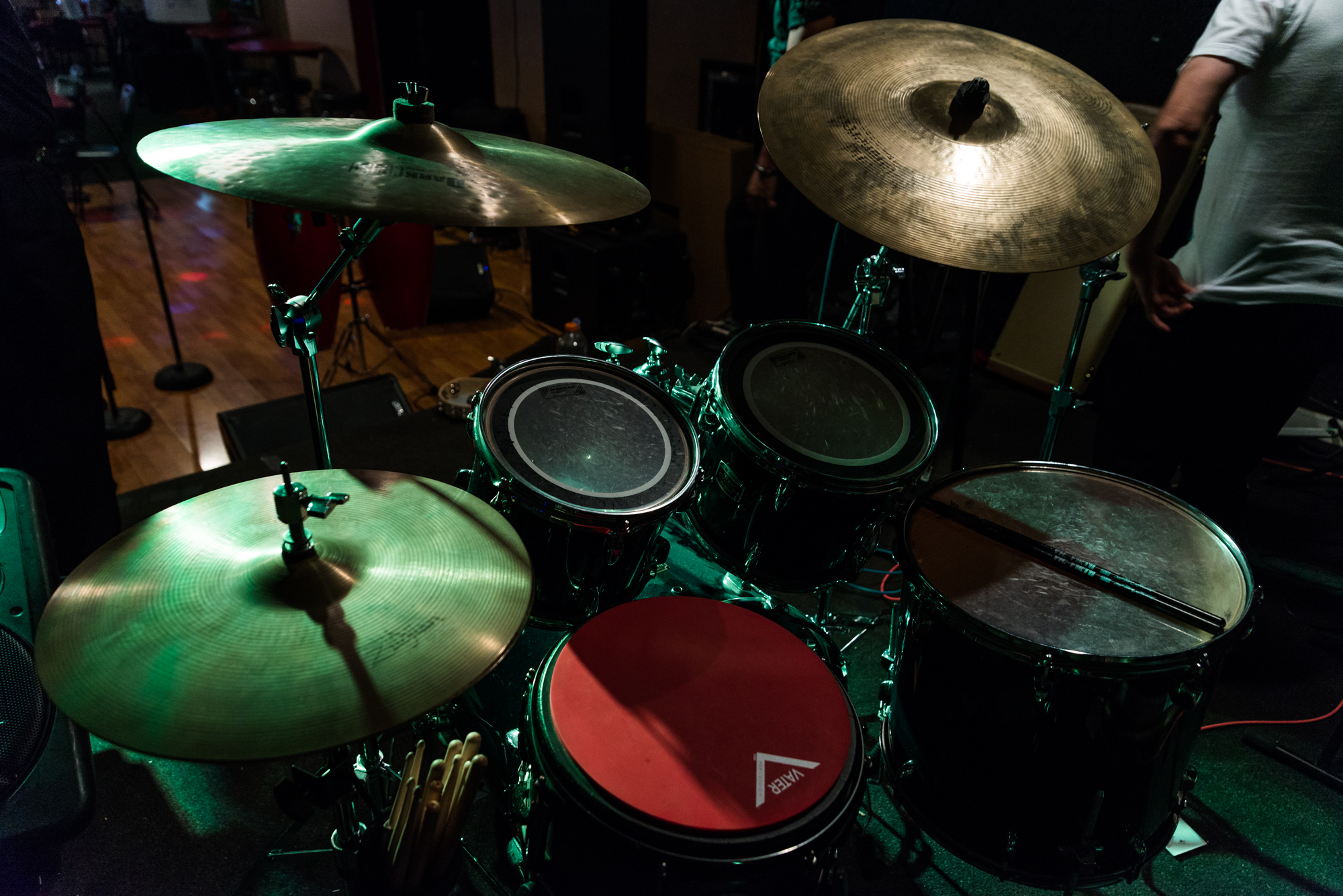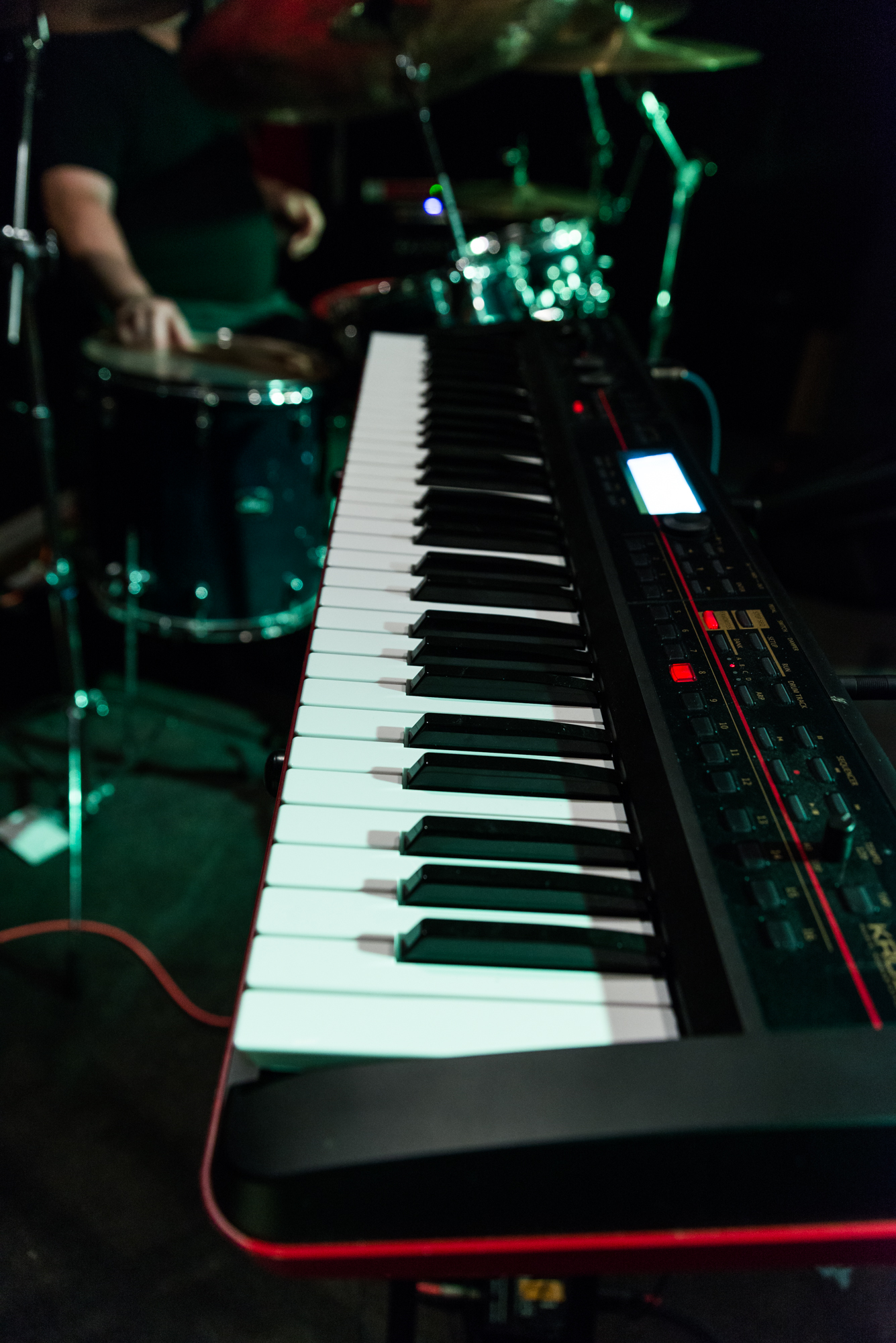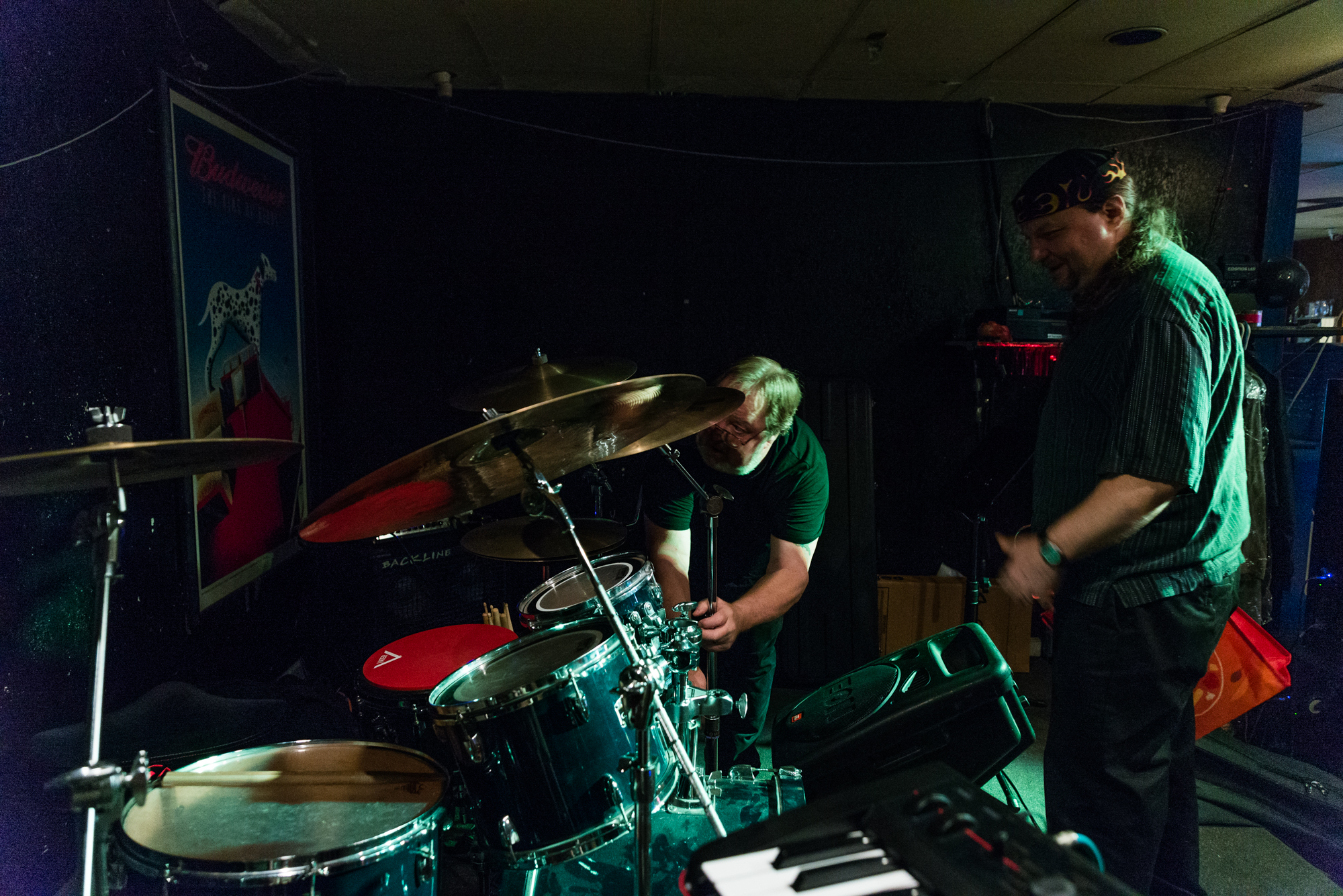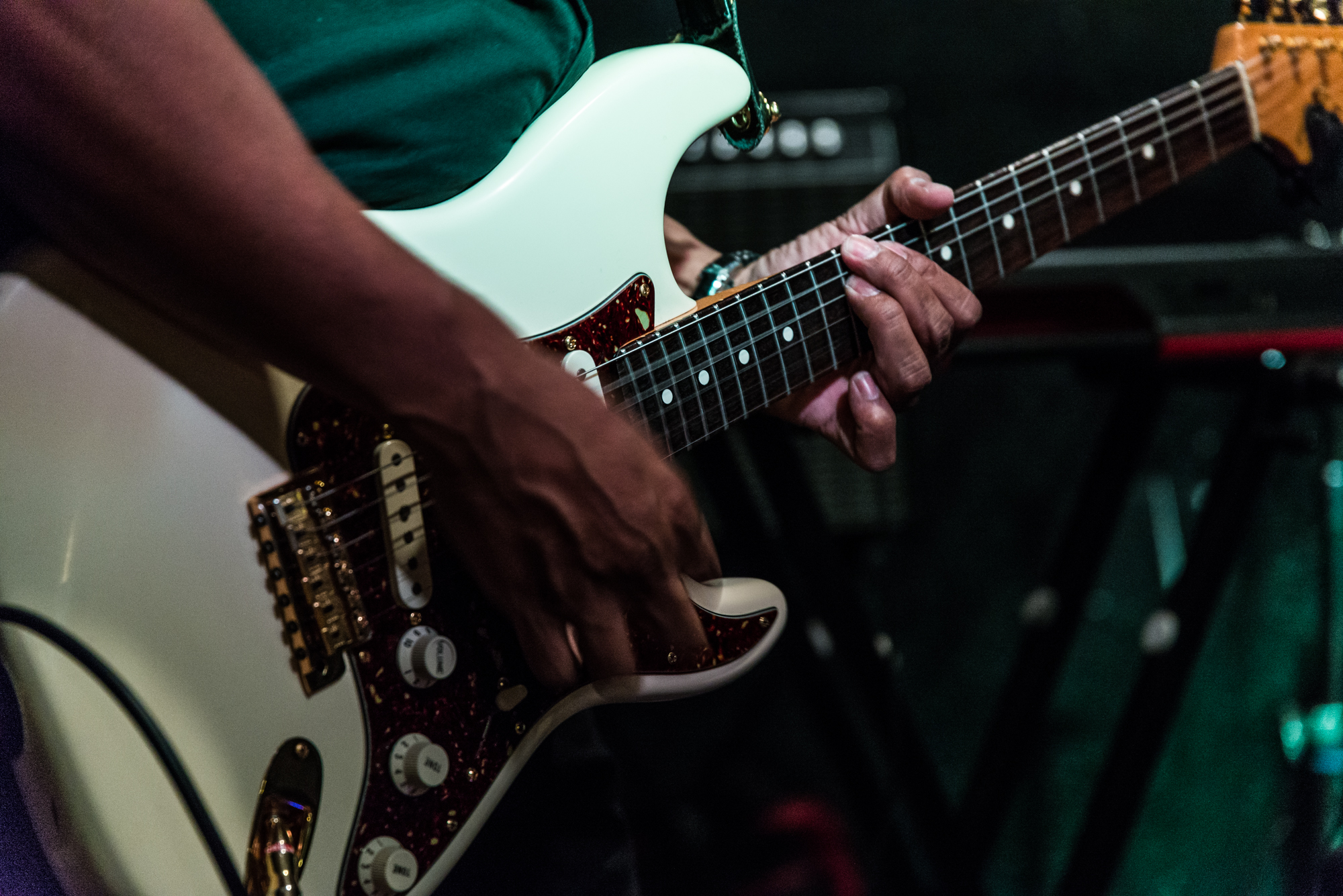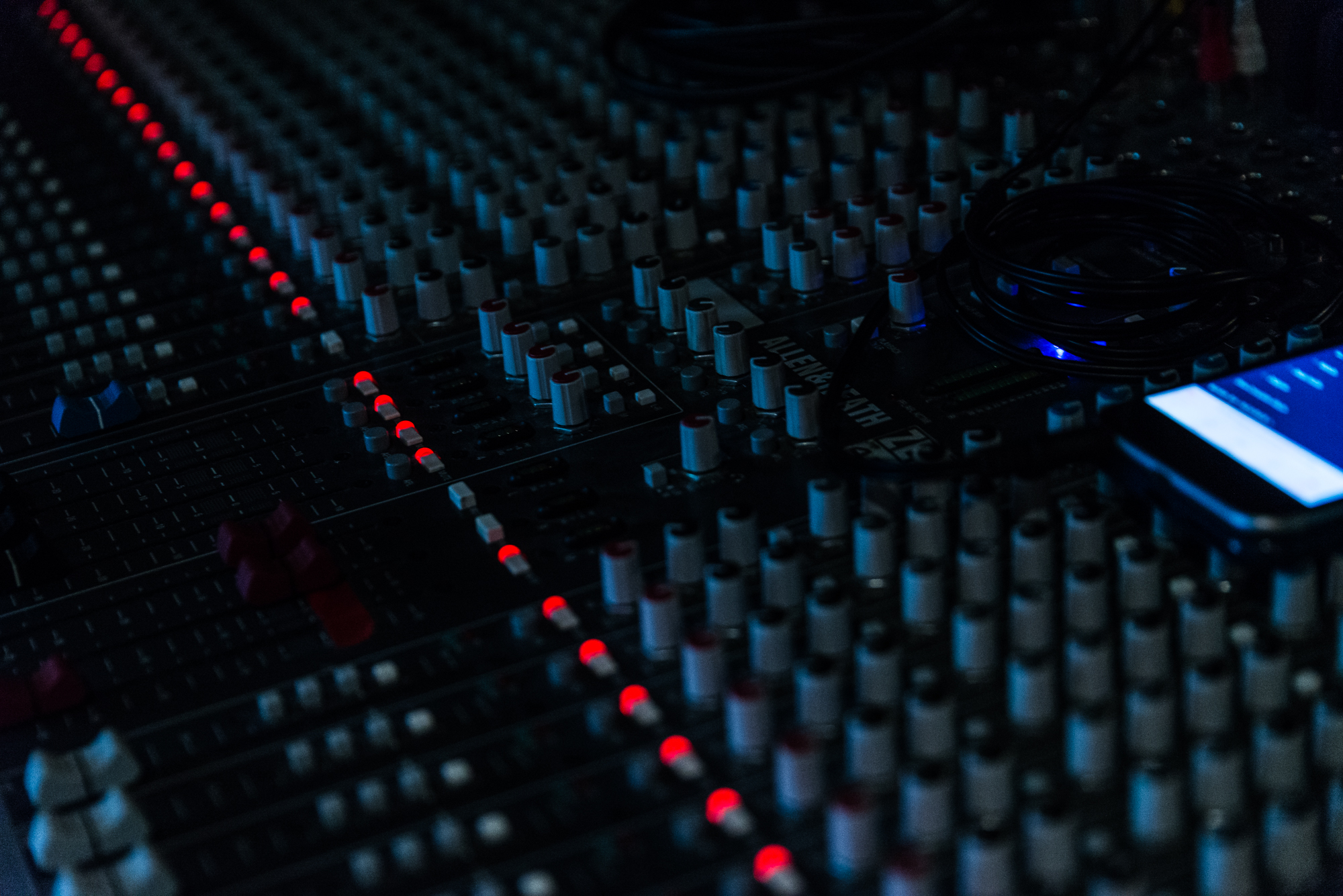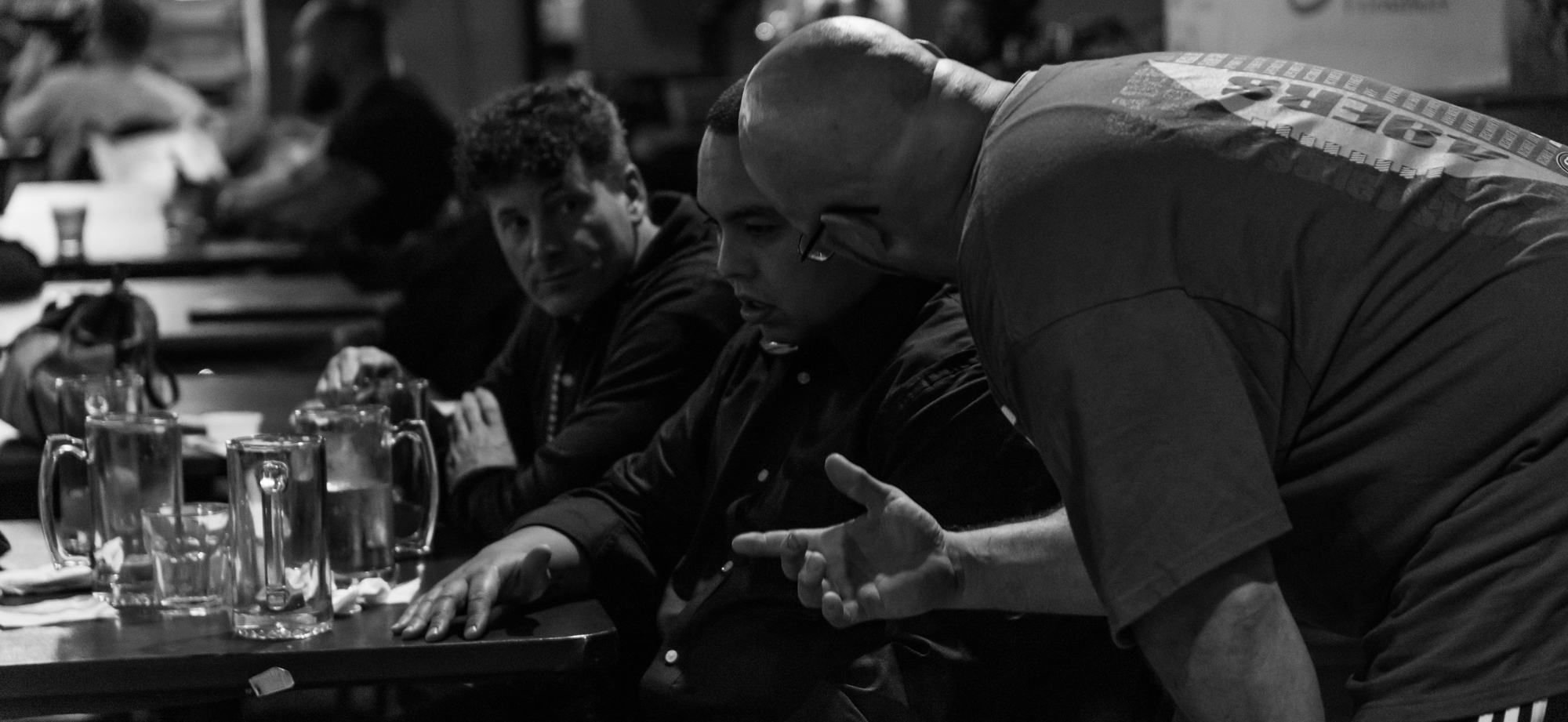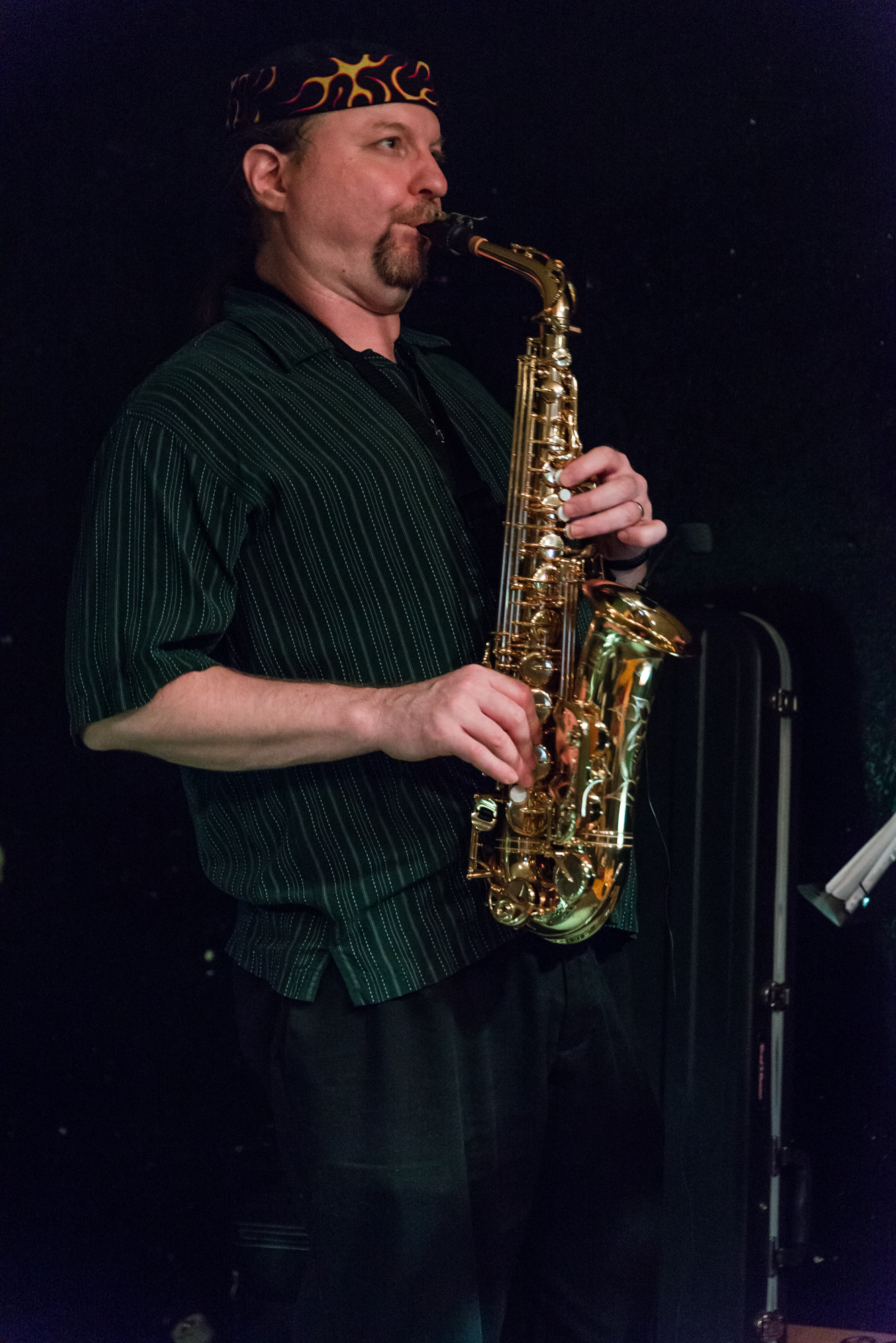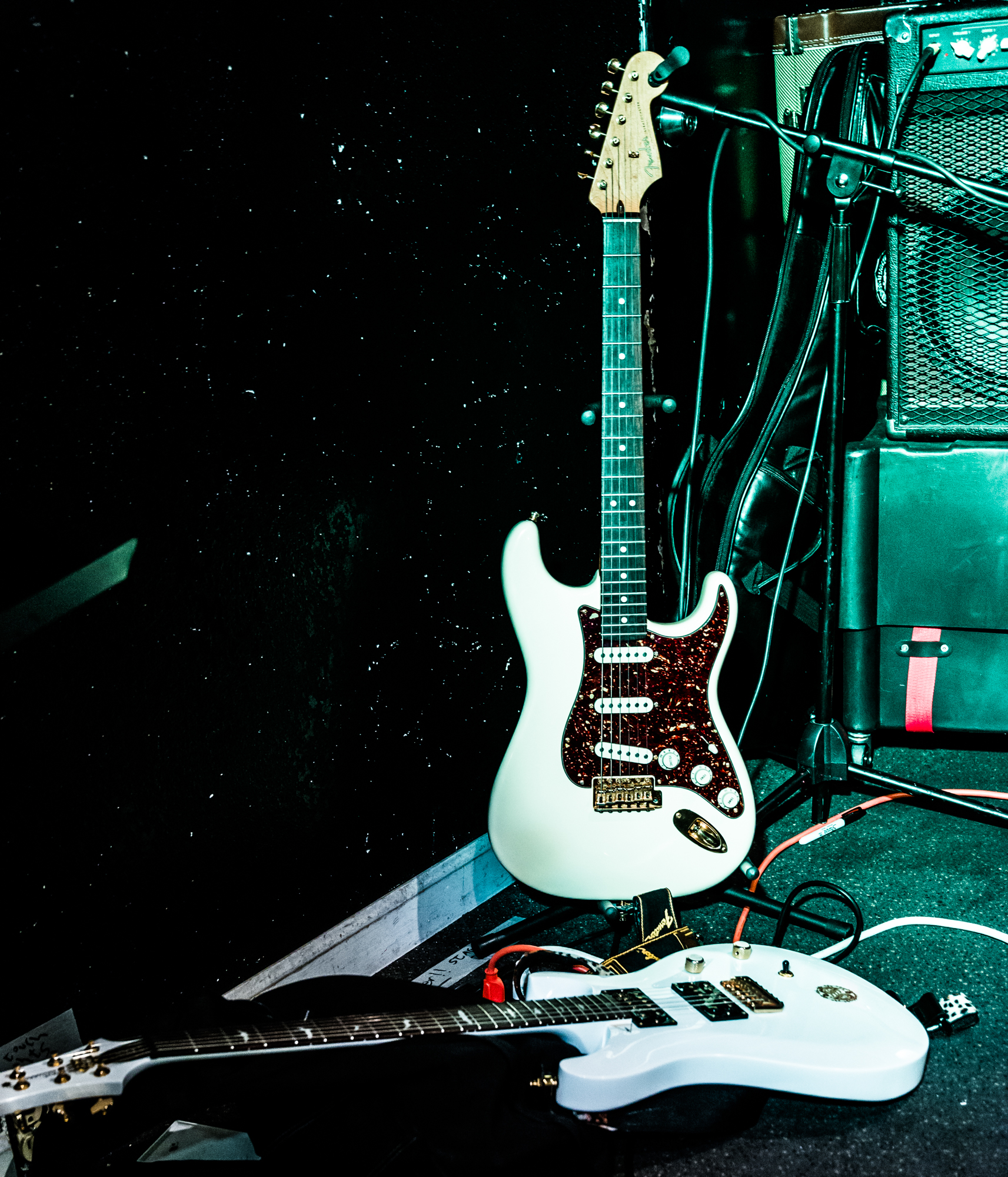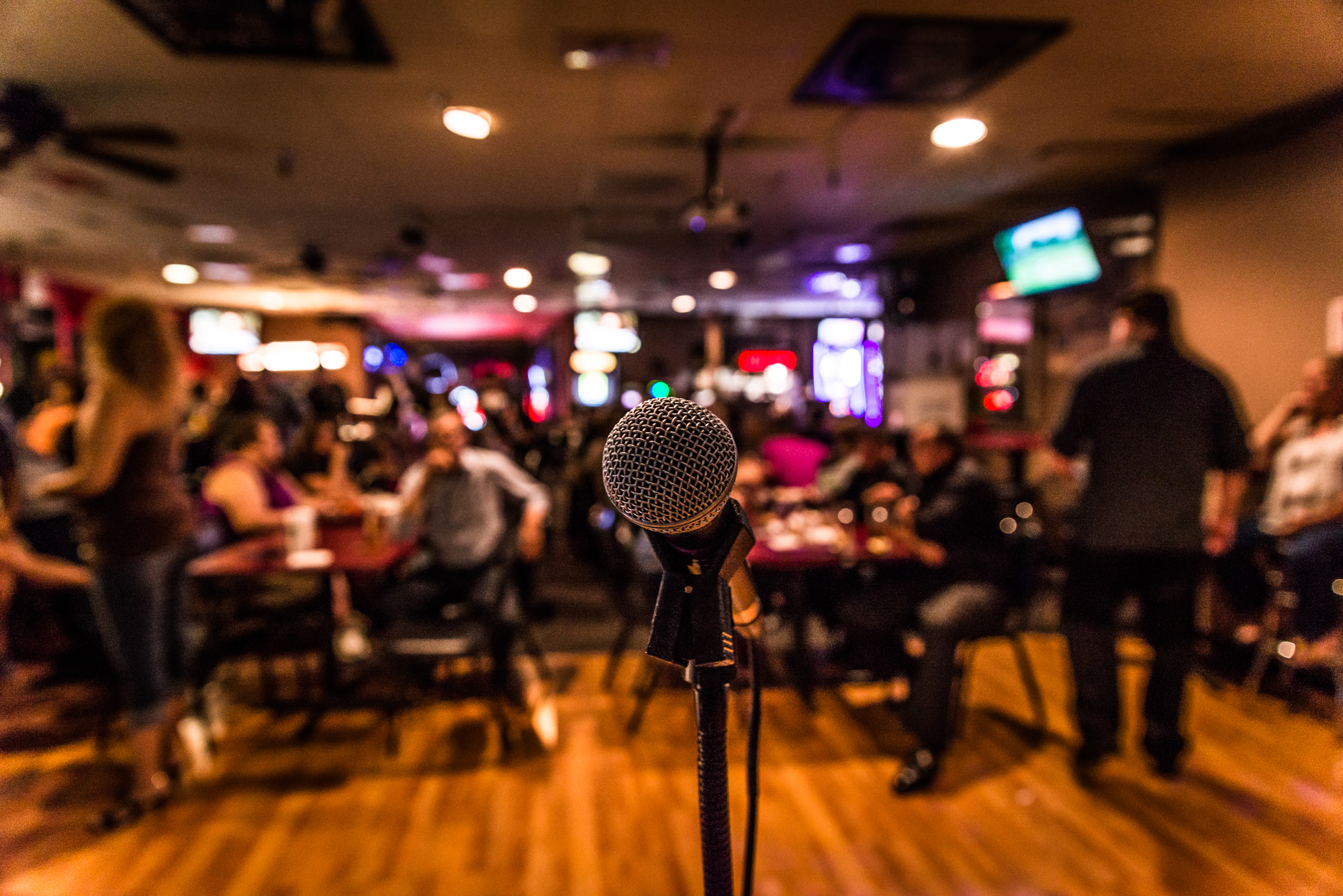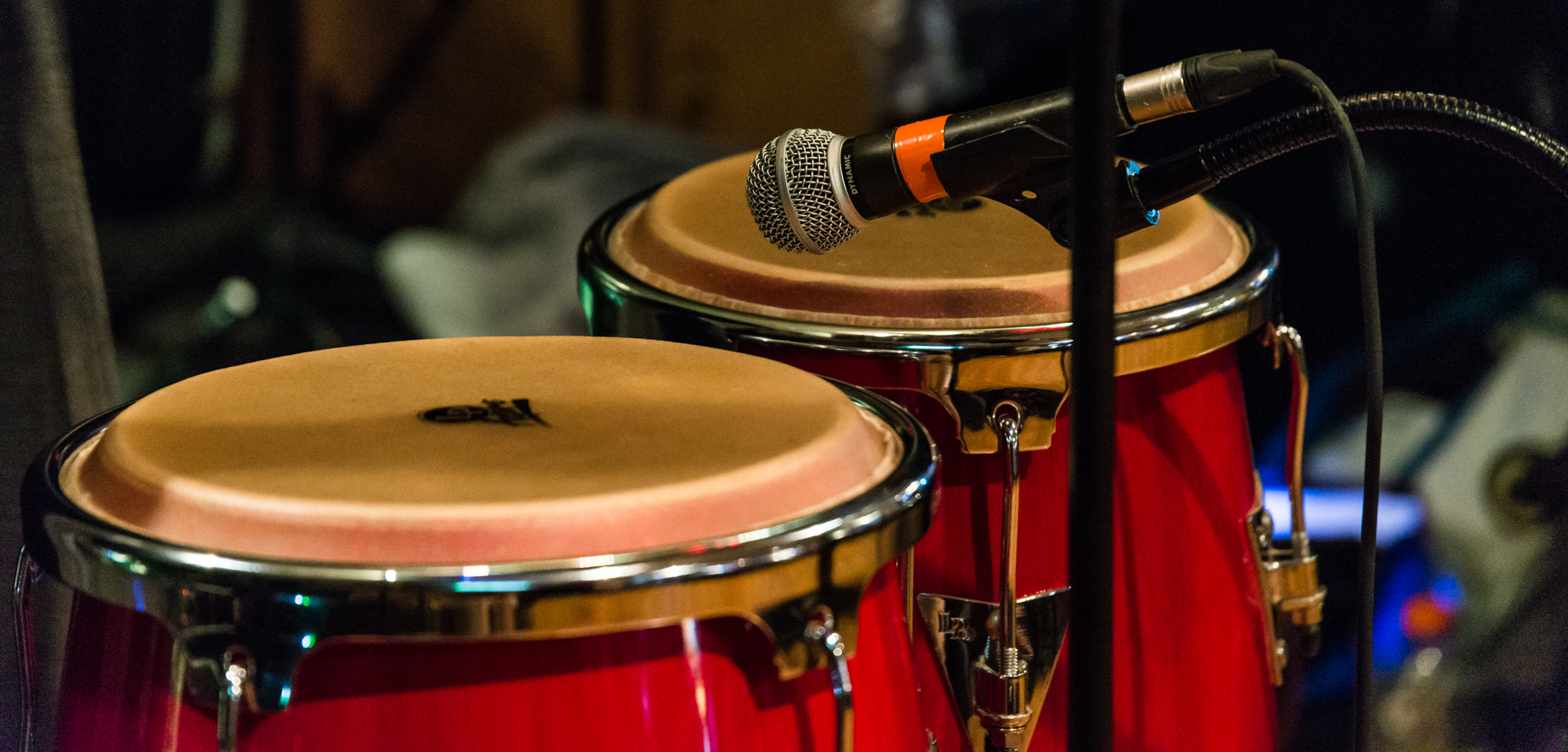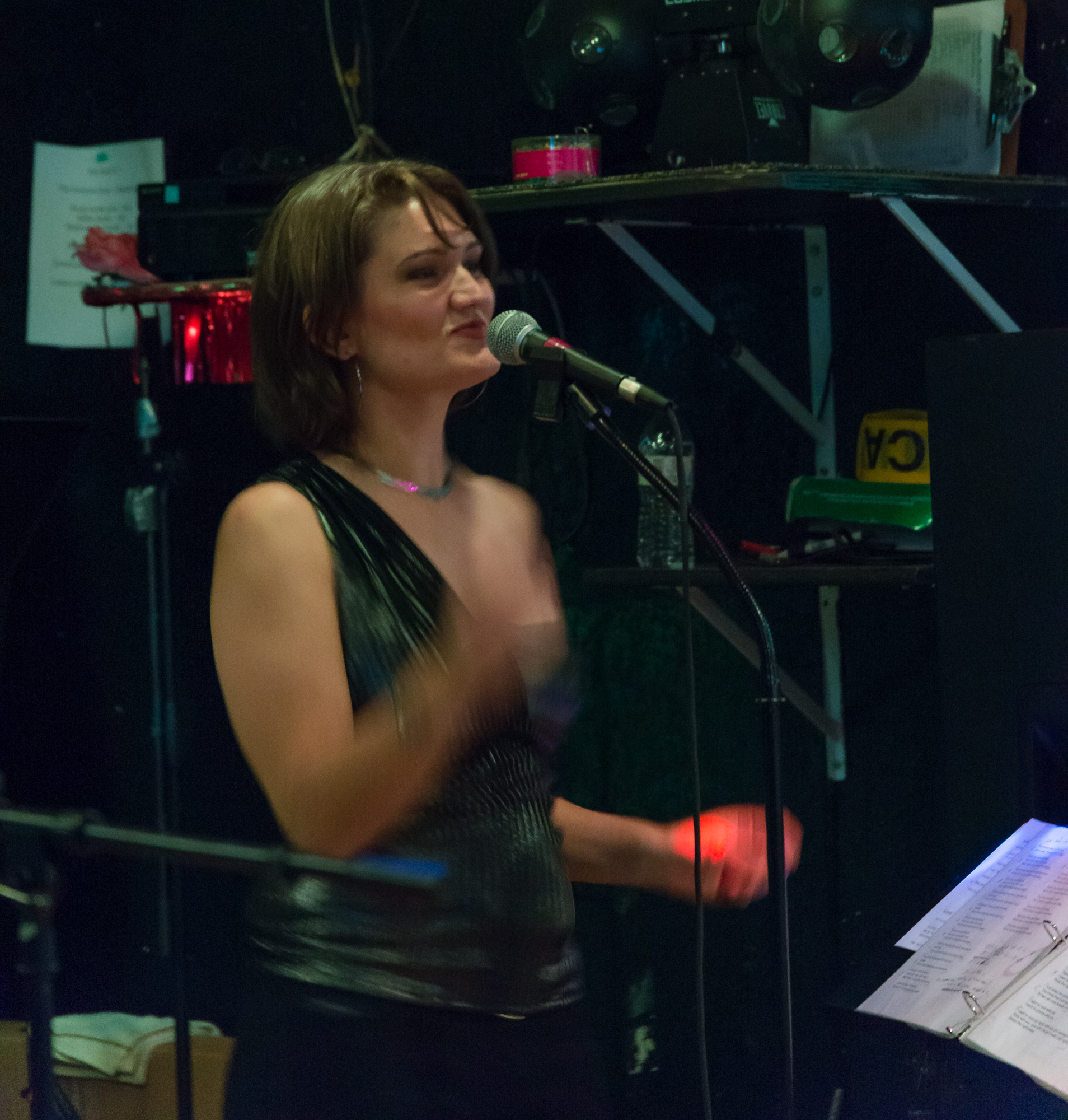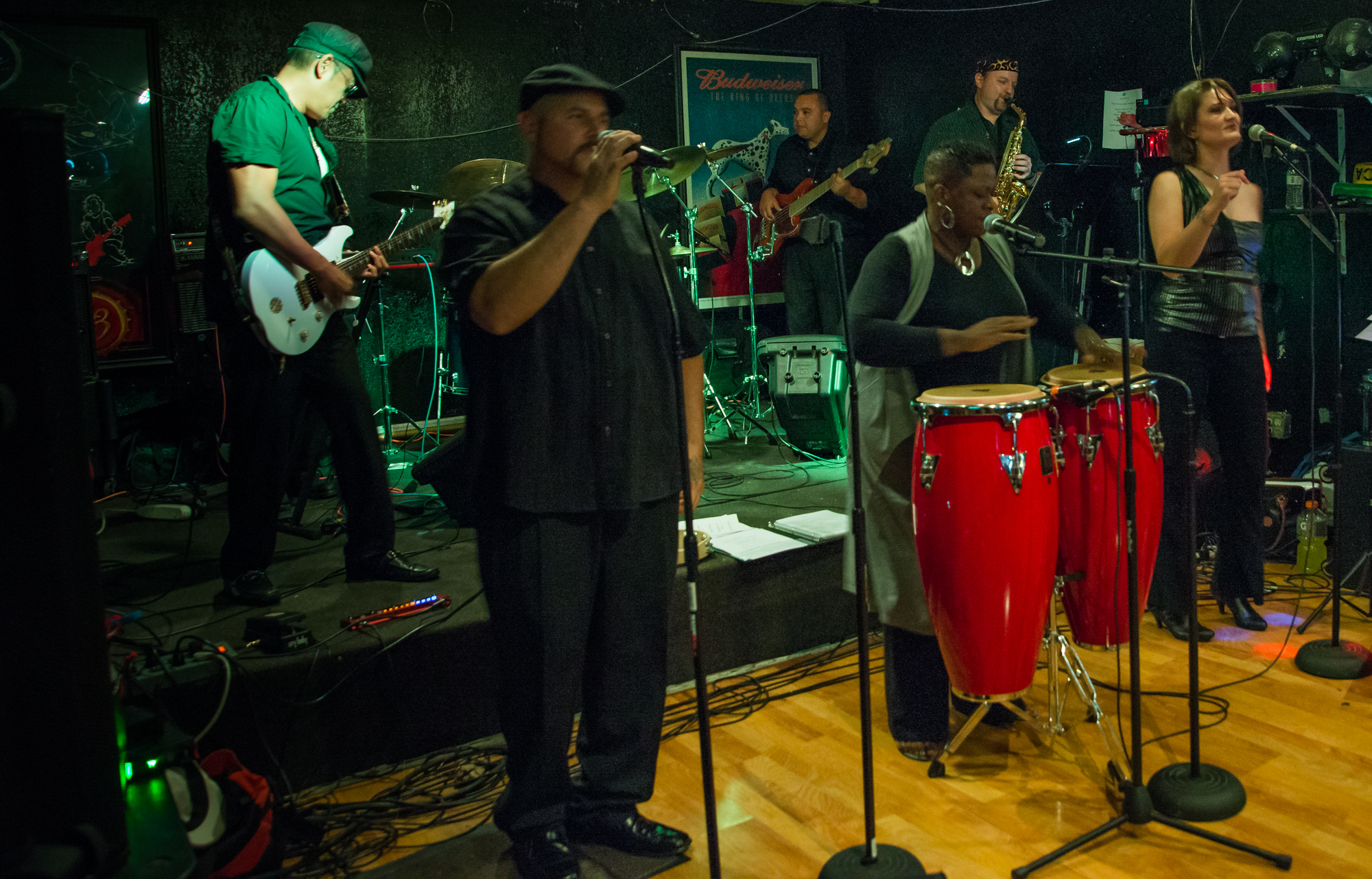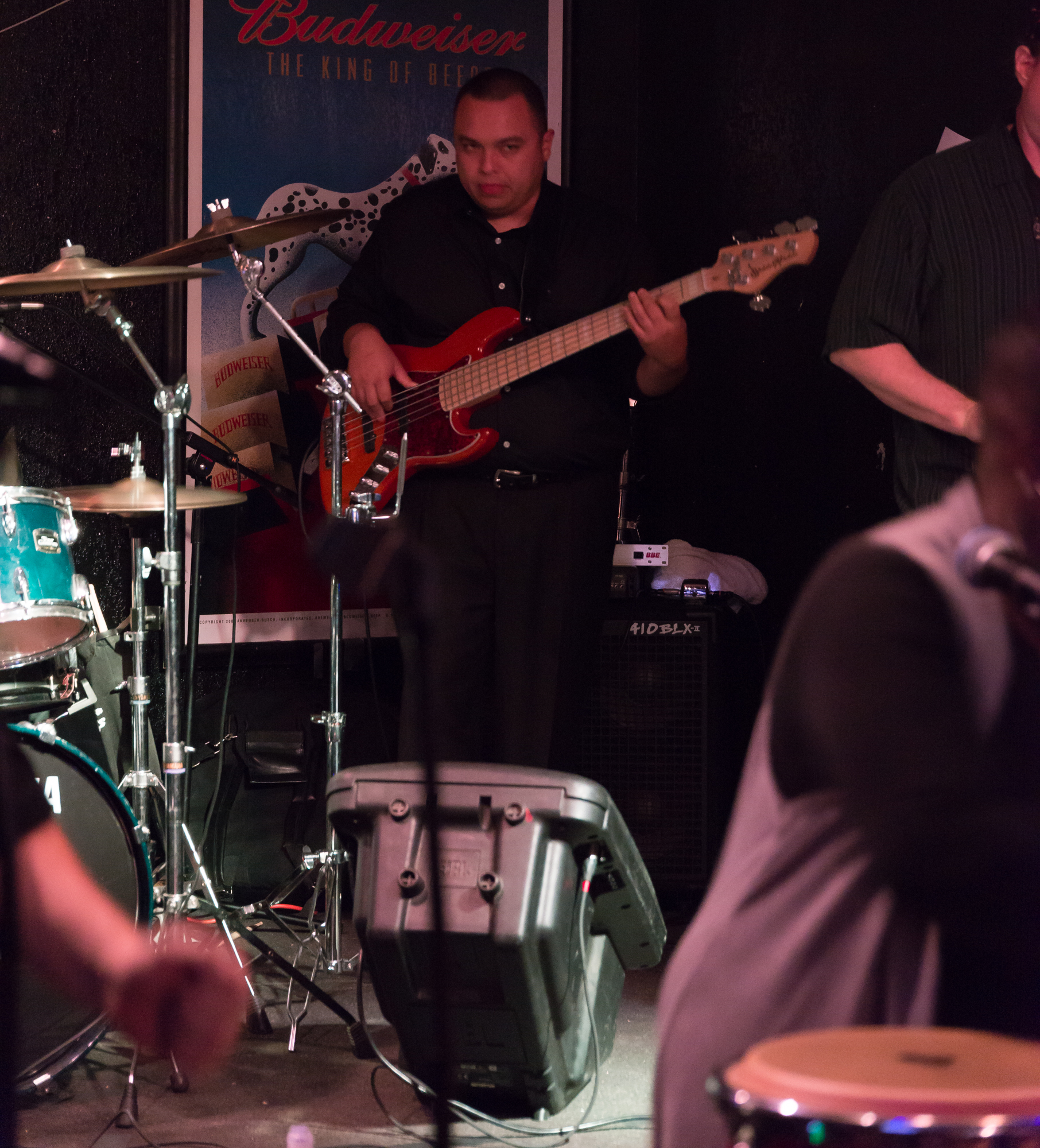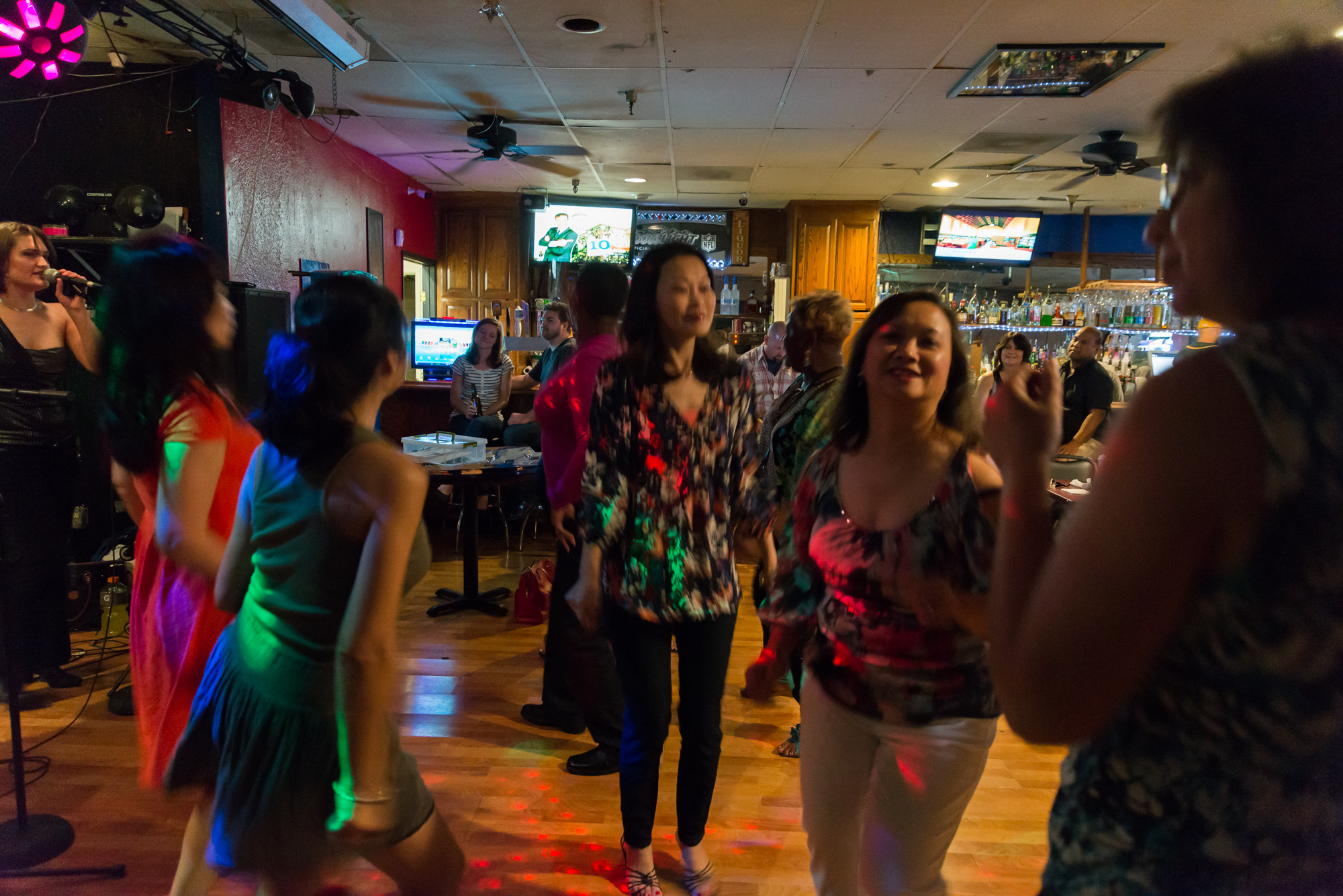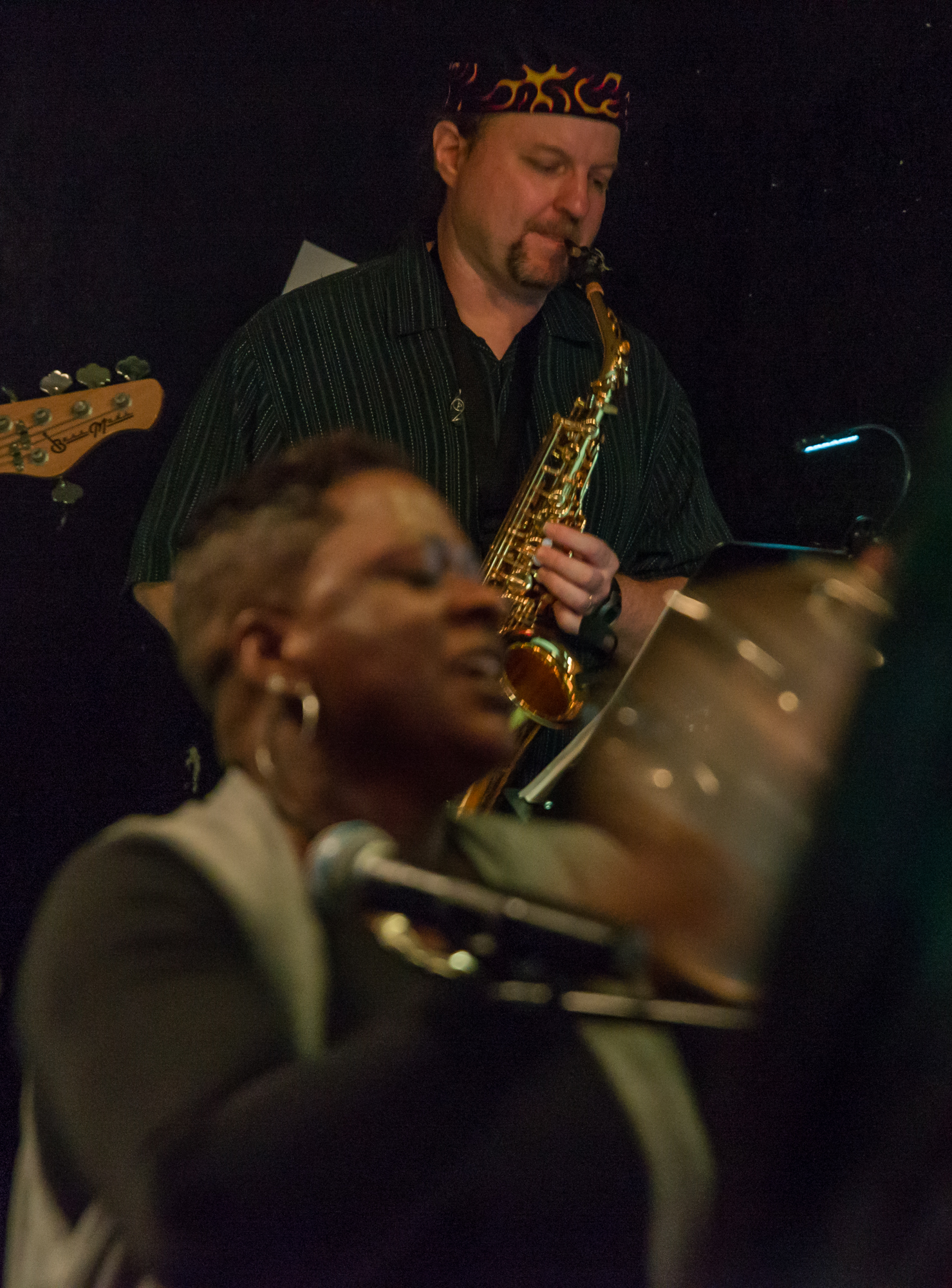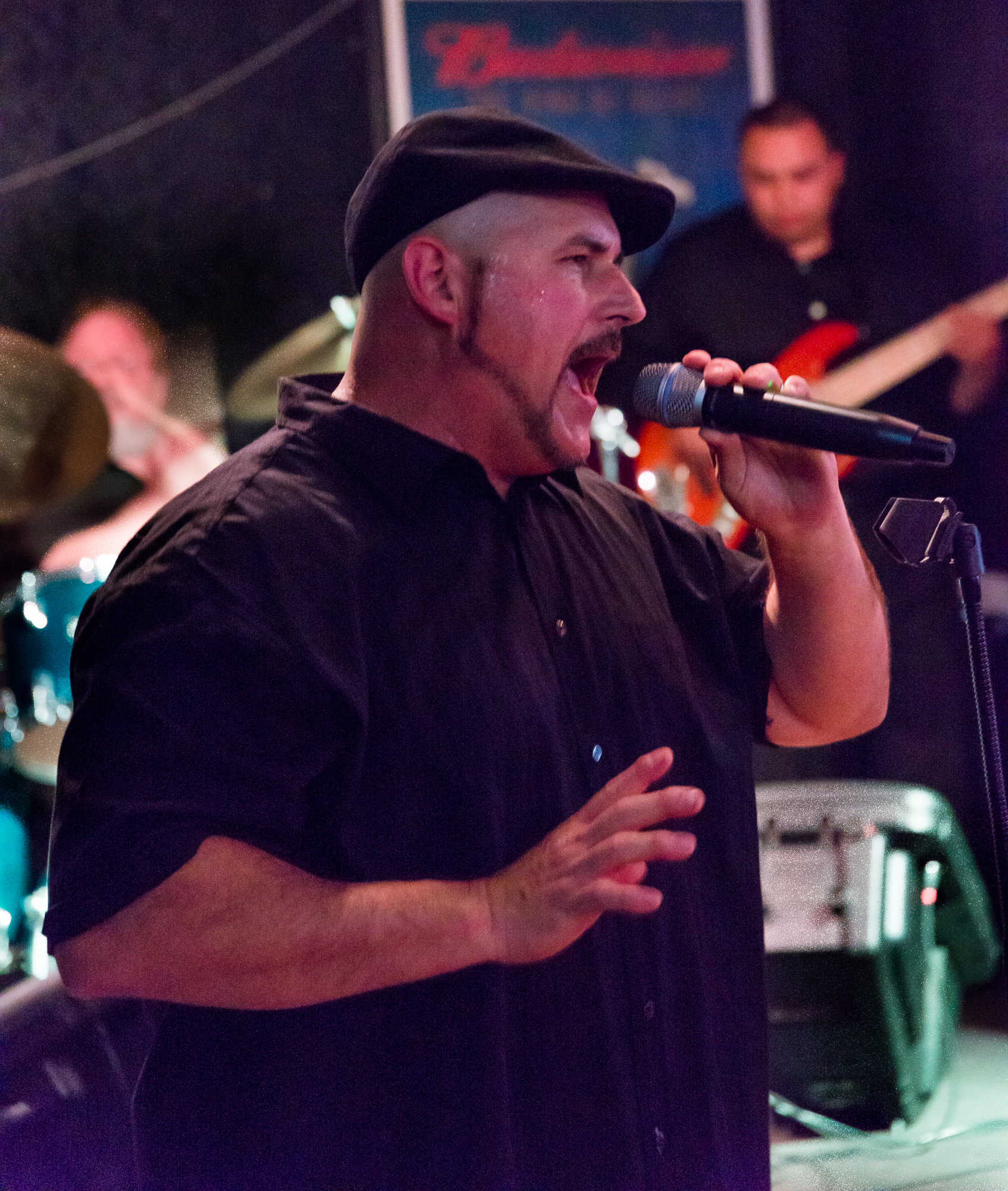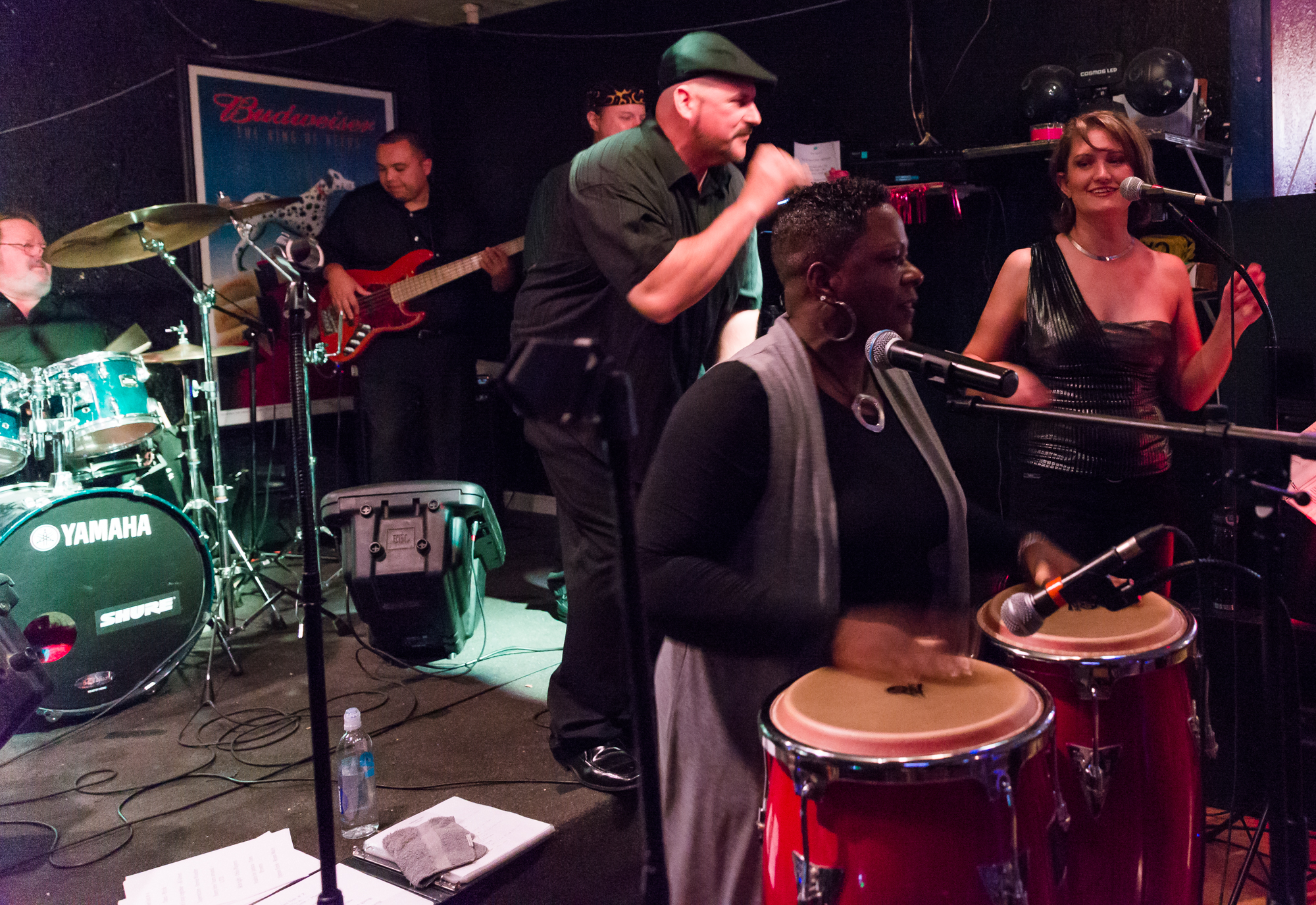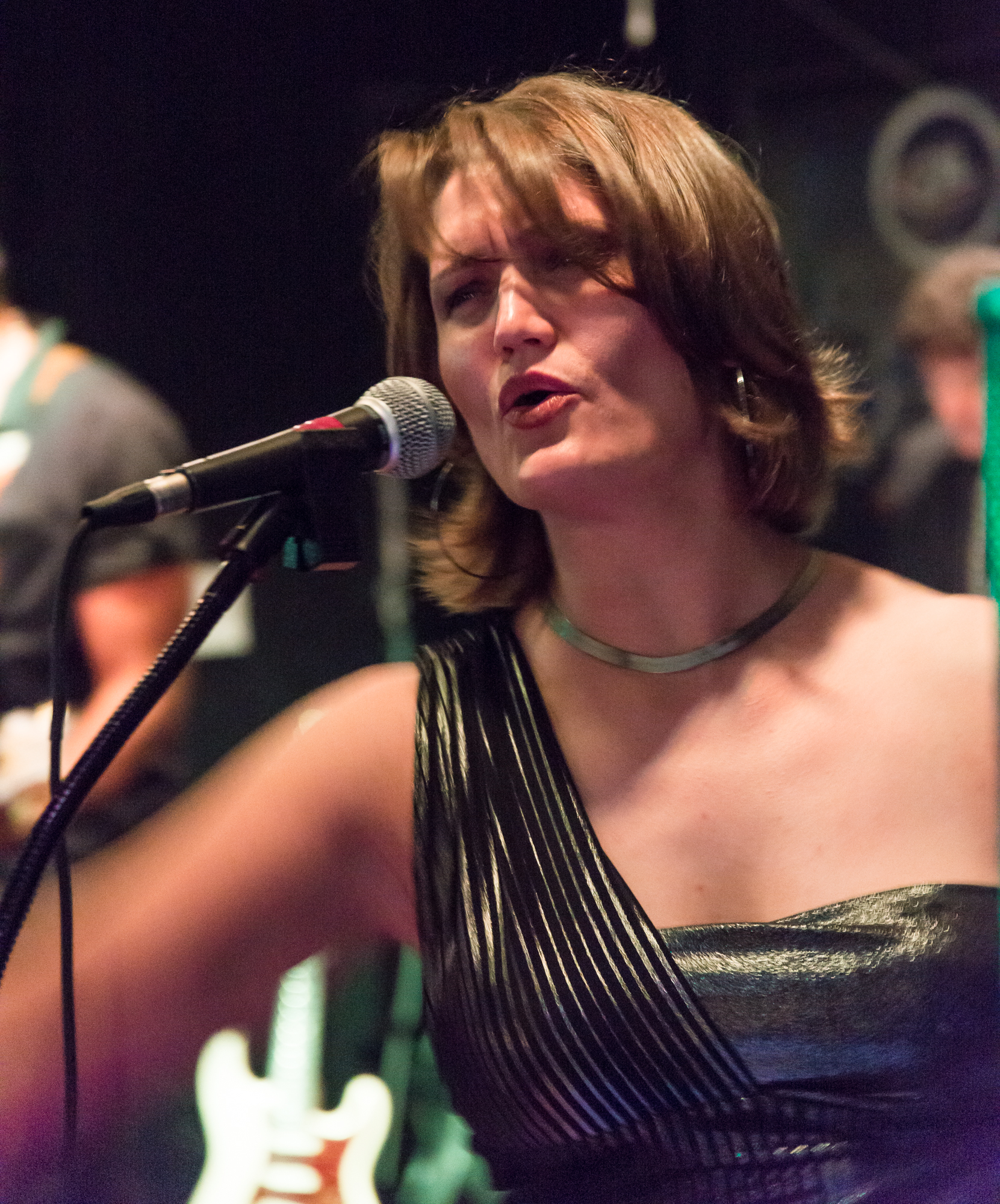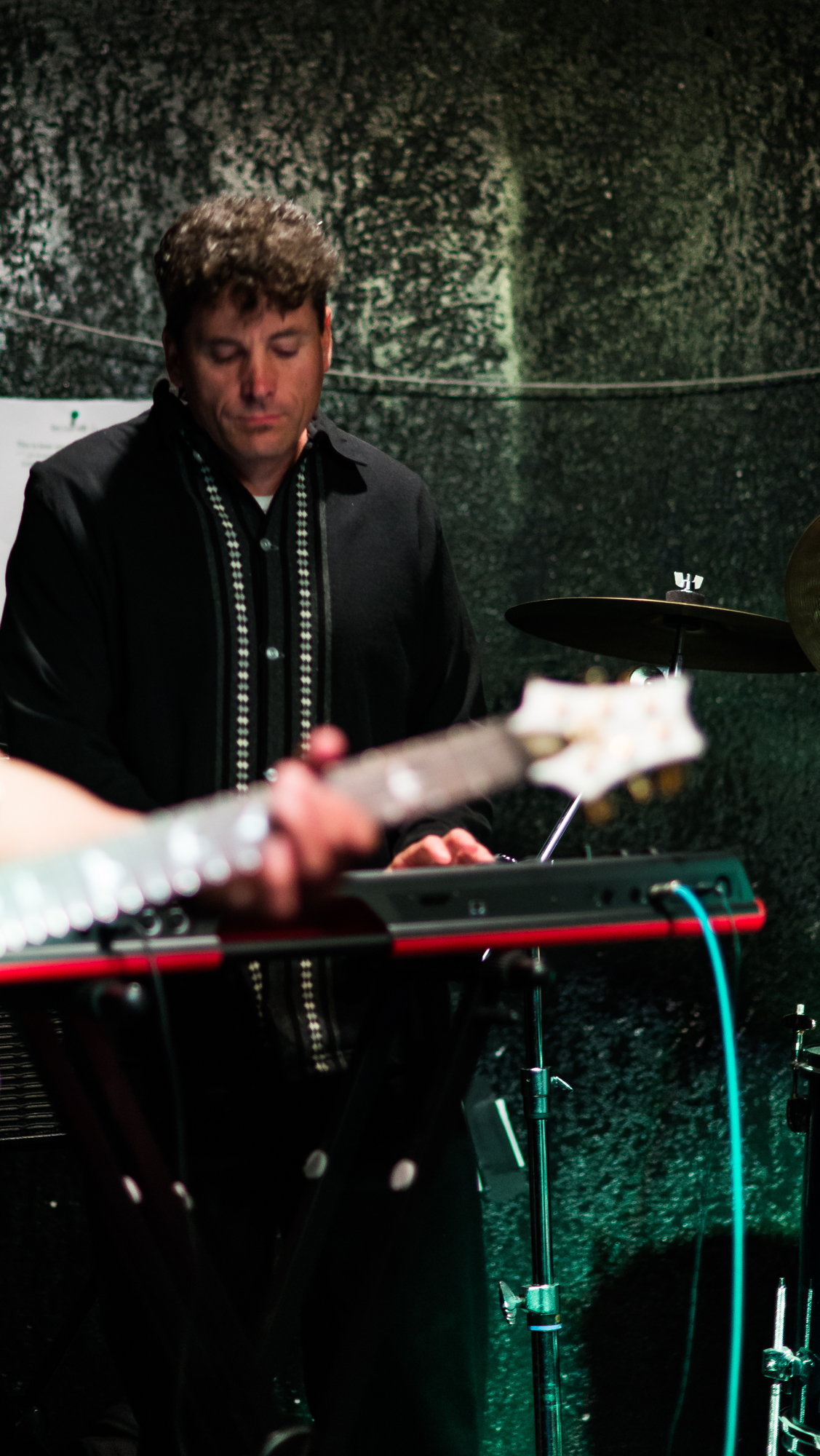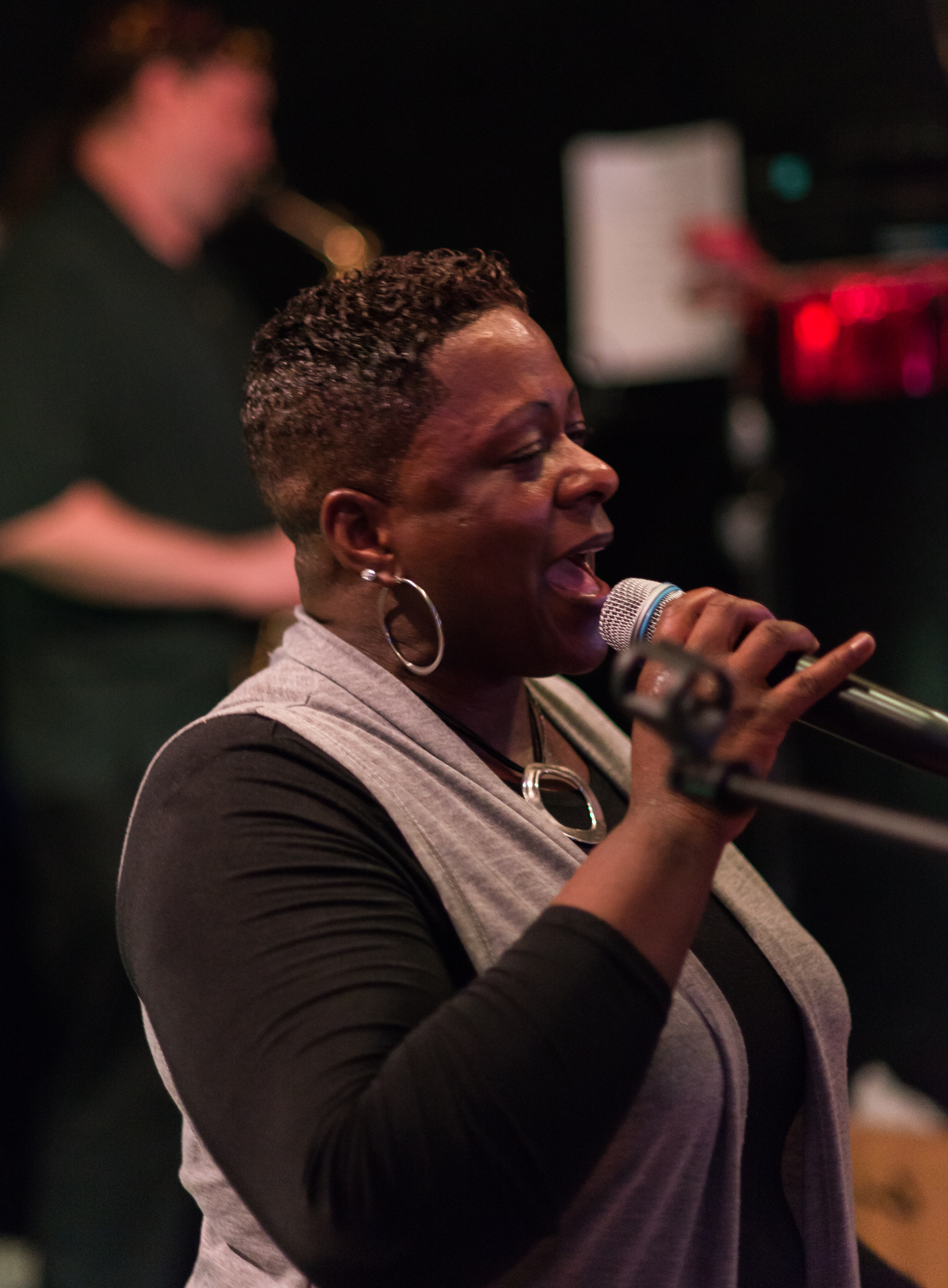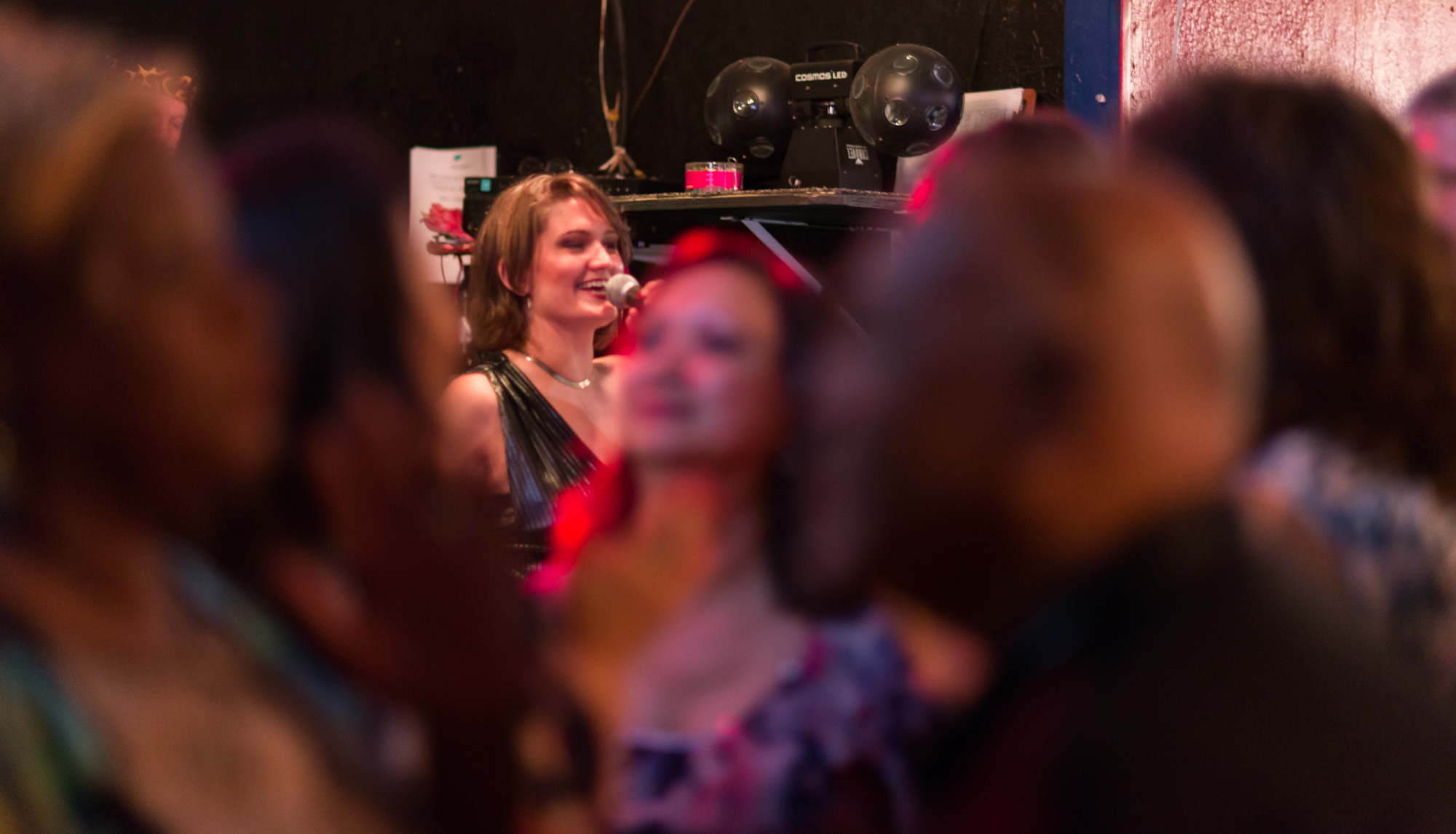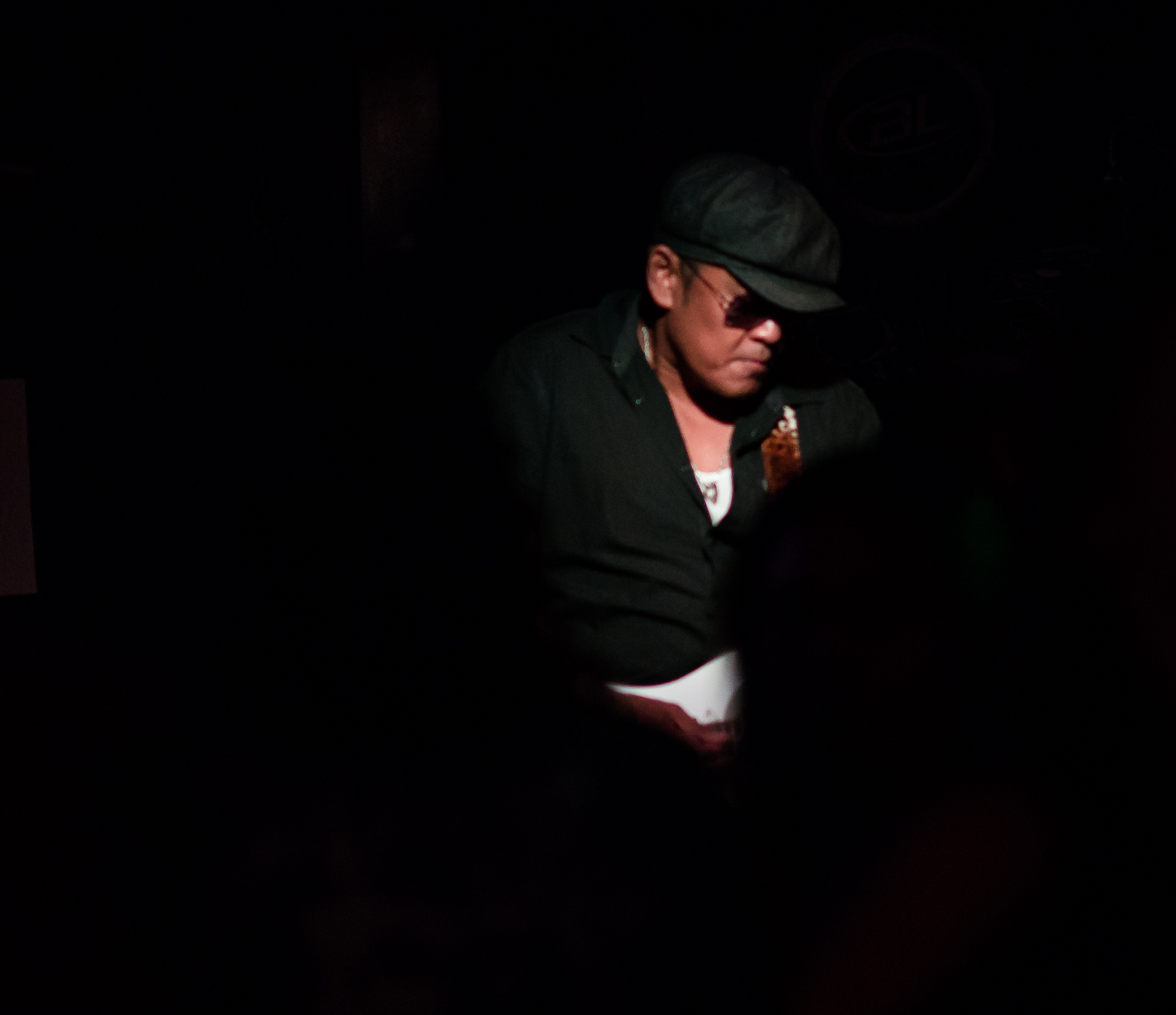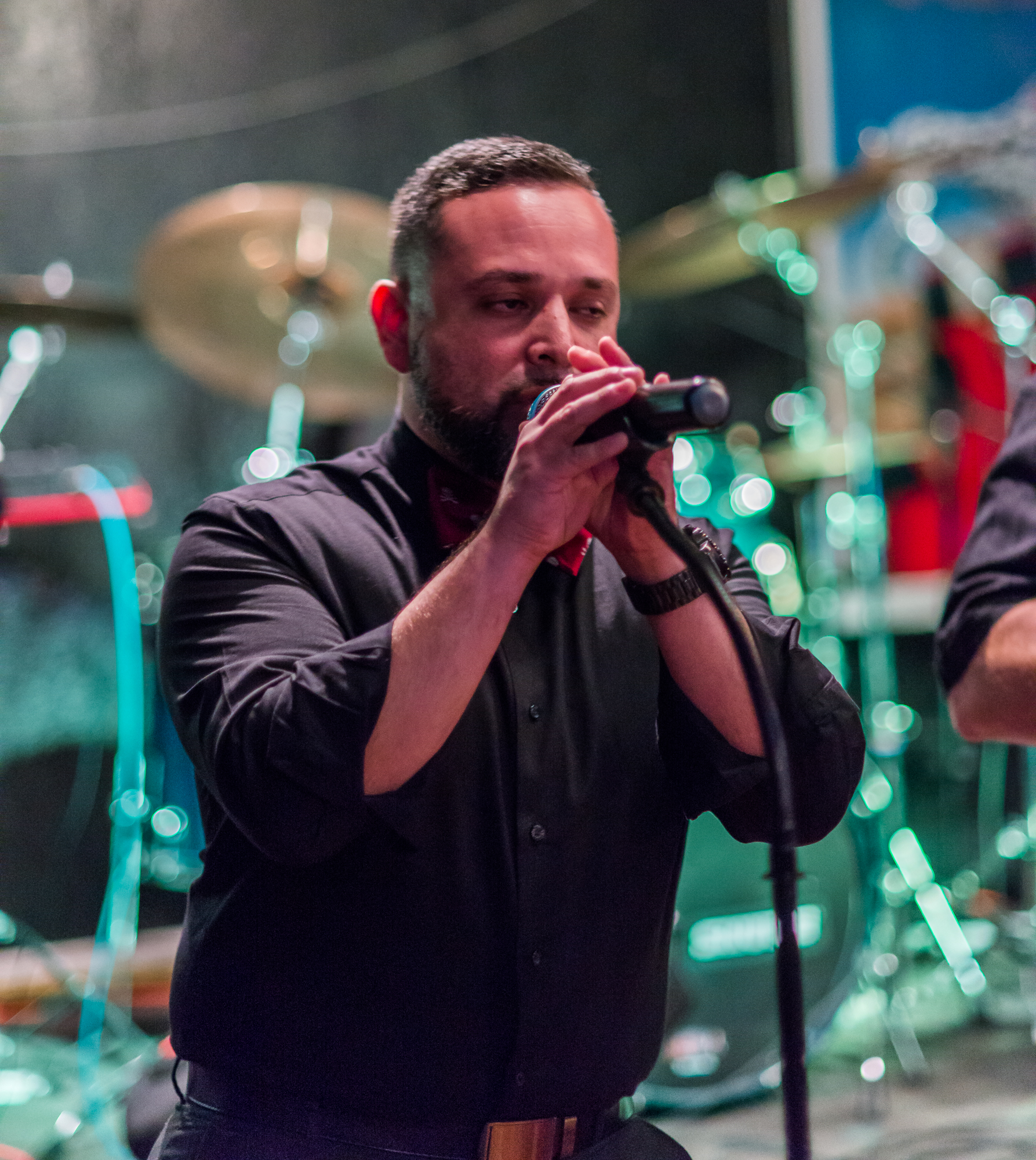The sun burns through the clouds in Northern California south of the Oregon border.
One of the most important things you can do is recharge your batteries. I'm not talking about charging your camera batteries, but that is important as well, but your batteries. Unfortunately we are not equipped with a gauge to let us know when we are running low and at times you can be completely drained without even realizing it. When that does happen you need to find a way to recharge. For me trying something new, or going somewhere new charges my creative batteries.
An old stump that has a new life giving life to other fauna Woodsy Woods located in an undisclosed location in Redmond, Washington.
When you do set out to recharge, remember that you can always make it an event to share with others, just remember to keep things balanced. What might be fun to you as a photographer might not resonate with your friends and family. With some planning you can get the shots that you want while having a good time with your friends and family.
My son in front of an infinity window at the EMP museum in Seattle, Washington #sacramentoproud.
When the opportunity arrives you need to be ready and deliberate in your shooting. Moments are fleeting and you will not always have control of your subject, light, and possibly location.
A look at a storm approaching Seattle, Washington from the observation deck of the Space Needle.
Always remember that what you see may be different than what others see. How you visualize and interpret your world is what makes you unique. Share your world with others and do not be afraid to tread your own path.
A natural archway in the Woodsy Woods located in an undisclosed location in Redmond, Washington.
The best way to recharge is to Shoot What You Love and Love What You Shoot.


